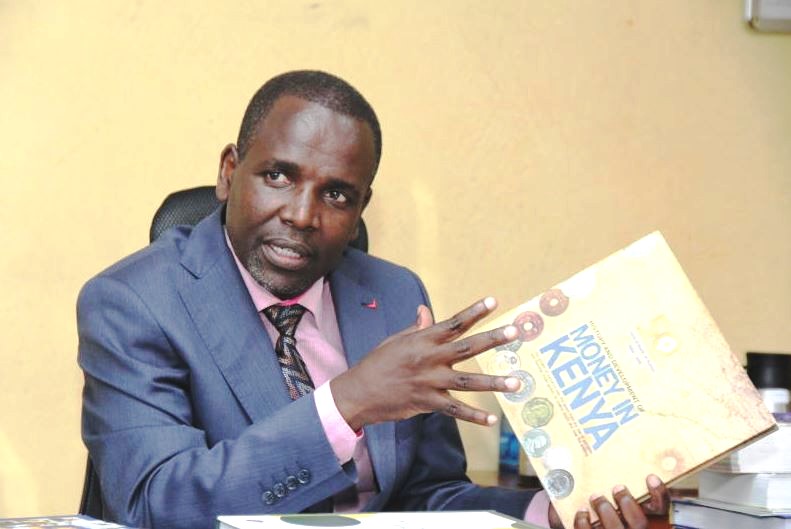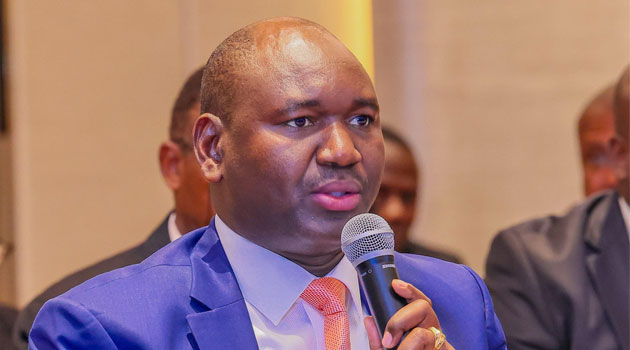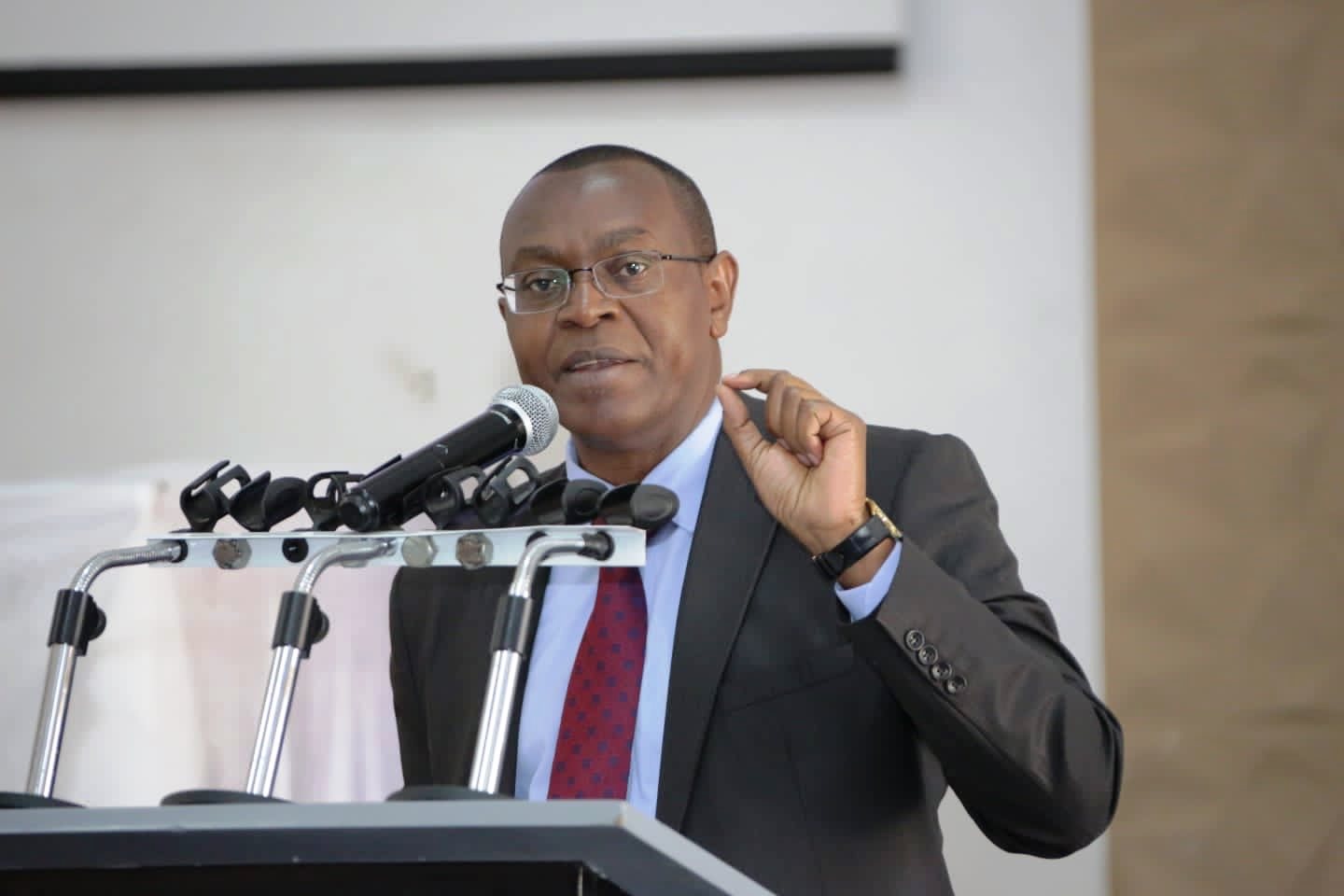Months after President Ruto ushered in the new funding model for institutions of higher learning, the Kenya Yearbook Editorial Board (KYEB) has come to the rescue of many Kenyans who are still confused about what the new model entails.
In an edition titled “InfoBytes” released recently, the publication has clarified that in the new model, all Kenyan students who sat their Kenya Certificate of Secondary Education (KCSE) from 2022 onwards and qualified for placement through Kenya Universities and Colleges Central Placement Service (KUCCPS) are eligible for government scholarship and loans.
However, the level of funding is student-centred and is allocated according to their financial needs classified into; vulnerable, extremely needy, needy and less needy.
A vulnerable student will get an 82 per cent scholarship and 18 per cent loan of the cost of the programme. An extremely needy learner will get 70 per cent scholarship and 30 per cent loan of the cost of the course while a needy learner will get 53 per cent scholarship, 40 per cent loan and s7 per cent of the cost will be met by the household.
Lastly, a less needy learner will get 38 per cent scholarship, 55 per cent loan and seven per cent of the cost of the course will be met by the family.
The new funding framework seeks to offer students whose households are at the bottom of the pyramid equal opportunity in accessing university education as well as technical training.
“It is expected that the government will be able to determine the needs of the various households and fund them appropriately,” KYEB noted.
A Means Testing Instrument (MTI) will be applied to scientifically assess students’ financial needs by assigning points and clustering them into different categories, unlike the previous model that used the Differentiated Unit Cost (DUC) criteria where tuition fees were paid to universities.
In the model, students from rich backgrounds will get more loans than scholarships, while the less able will get more scholarships than loans.
Notably, while the Universities Fund (UF) primarily provides scholarships, the Higher Education Loans Board (HELB) offers loans and bursaries.
This means that being placed in an institution of higher learning doesn’t automatically make a student a government-sponsored student, so they must apply for scholarships and loans to access financial assistance.
According to reports, funds will be disbursed directly to the university or college where the applicant is undertaking their studies after students are admitted.
“Disbursement of scholarship and loan funds will be done to the various universities which have different opening dates,” read part of the publication.
The scholarship is based on the actual cost of the programme and the student’s financial needs, whether pursuing an undergraduate, diploma, craft certificate or artisan course at one of the accredited public universities or TVET colleges.
Furthermore, students will be required to submit an application every year for the course duration to get government scholarships.
In case of unsuccessful scholarship applications or if an individual is not satisfied with the amount given, he or she may appeal or request a review of their award.
However, if a student is fully funded by another agency, individual or institution, the government cannot provide a scholarship to them to curb over-funding.
Initially, underage students were to be awarded scholarships only as they waited to apply for loans when they hit 18 but they can now apply for both.
Students who do faculty or college transfers can still benefit from subsequent funding. Their student profiles will be continuously updated to reflect changes. That means, if one decides to change their programme, the money will follow them to where they are going.
Students without internet access can receive assistance with their funding applications at their nearest Huduma Centre in efforts to ensure that lack of internet does not hinder access to financial support.
Students placed in private universities are only eligible for loans based on their level of need. The government will avail both scholarships and loans for 130,485 students in public universities and 9,662 in private universities will get loans only.
By Thuita Jaswant
Get more stories from our website: Education News
To write to us or offer feedback, you can reach us at: editor@educationnews.co.ke
You can also follow our social media pages on Twitter: Education News KE and Facebook: Education News Newspaper for timely updates.






